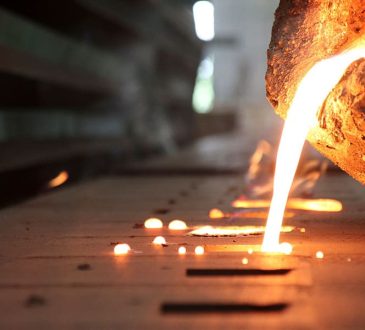
From highways and skyscrapers to soil modification and water treatment, limestone is indispensable in modern industry. But the transformation of raw stone into something useful is a process that unfolds in multiple steps — one that’s all about precision and power.
So, let’s take a look at some of the most crucial stages of the limestone processing, as well as how smarter equipment can get the job done, while saving you time and money.
What Is Limestone, and Why Does It Matter?
The primary component of limestone, a naturally occurring sedimentary rock, is calcium carbonate. It builds up gradually over the years from shells and skeletons that marine organisms drop to the ocean floor. This makes it uniquely soft, strong, and chemically reactive.
This explains why limestone is used so extensively:
- Cement and concrete production
- Road base materials
- Soil pH balancing in agriculture
- Chemical and environmental uses: flue gas treatment
With such abundant availability and versatility, concrete is perhaps the most vital raw material on the planet.
Stages of Limestone Processing
Prior to settling on the specific product of limestone to be used for an application, its production process that vary and include numerous specialized steps is as important.
● Extraction and Crushing
Getting to the limestone deposit is the first step in the quarrying process. The big rocks are then transferred to crushing stations where they are broken down into more manageable sizes.
● Screening and Sizing
The crushed material is then screened into different sizes… embc-usa.com The crushed material is then screened into different sizes by the next process: vibratory screens. Cone crushers or hammermills (fines crushers) are used to process oversized material and reduce its diameter.
● Calcination
For quicklime application, the rock is heated to about 900°C in ovens, which drives out carbon dioxide and transforms calcium carbonate into calcium oxide.
● Hydration or Finishing
Quicklime is also mixed with water to form hydrated lime, used in construction, water treatment, etc.
Challenges in Limestone Processing
Limestone sounds relatively easy to cut, but there are a range of different procedures:
- It’s abrasive, causing equipment wear.
- Dust suppression is important for the safety of workers.
- Precise sizing affects product quality.
- During the calcination, considerable energy can be consumed.
This is where clever engineering can make a difference.
Technology Makes the Difference
Modern material handling solutions are being implemented in businesses around the world to solve these problems. Vibratory feeders, classifiers and screens can help to improve material flow, control dust and reduce airborne energy waste.
General Kinematics is at the forefront of the revolution with our wide selection of innovative mining equipment. Their systems are optimized for reliability, efficiency, and the reduced operating cost that allows businesses to process more, spend less and increase customer satisfaction.
Final Thoughts
From the quarries to the finished product, limestone is a silent force that is perpetually at work in the service of our built environment and environmental future. With smart equipment and experienced partners like General Kinematics, nature can be turned into high quality, efficient and sustainable products. As the world continues to move towards greener alternatives, the importance of implementing effective limestone processing to help reduce rock sock emissions will be more critical than ever.
Today’s investments in better processing systems means a stronger, longer future. It’s not simply what we construct, but also how carefully we construct it.





